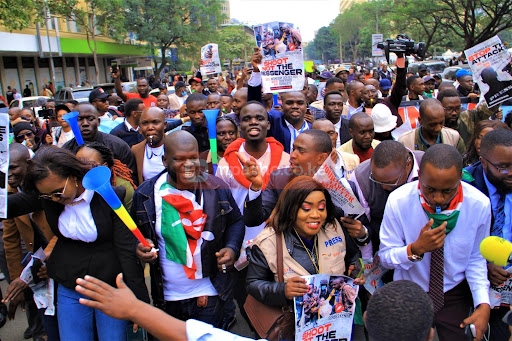Like many other writers, I have kept a suspicious eye on the latest developments in Artificial Intelligence (AI). And I have been particularly interested in the capabilities credited to Large Language Models (LLMs), which are defined on one site I found by using an AI-enabled search engine as “a type of artificial intelligence that can understand and generate human language text.”
The reason for my interest is that I keep reading that we writers will soon lose our jobs to some computer programme powered by AI. Because apparently, all that is required is for an expert programme the machine to come up with a piece of writing on some topic, and a perfect essay will be generated by the AI programme.
And when I say “perfect”, I mean that it would supposedly be far superior to anything I could ever write myself.
To test this suggestion with a real-life example, I decided to see what the AI programme to which I have access would have to say about something which has rather troubled me in recent weeks and months.
I keep reading about how Kenyan tourism is “booming” and has substantially recovered from the post-Covid-19 collapse, which was brought about by the complete ban on all global travel.
And yet everything I know about Kenyan tourism tells me that recovery is still some way off. And that indeed, the government has shown no sign of taking proactive steps to help bring about a full revival of tourism.
I should perhaps explain here that at an earlier stage of my career as a journalist (by which I mean about 20 years ago) I won many prizes for my writing on wildlife and environmental conservation; and its associated topic of tourism policy. The two are inextricably connected here in Kenya. To put it bluntly, Kenyan wildlife and the scenic open spaces in which they live, will only survive for as long as they possess intrinsic economic value as “environmental assets”.
So, I asked the AI programme whether or not there has been a credible recovery in Kenya’s tourism sector.
This is what I got as a response:
“Kenya’s tourism industry has indeed started to pull out of its deep Covid-19-induced slump. While foreign visitor numbers are still below pre-pandemic levels, local travellers have taken advantage of lower prices, contributing to the recovery. In 2022, the sector earned nearly $1.5 billion, which is an 18.5% increase from the previous year. The number of hotel nights occupied by Kenyan travellers doubled during this period.
"However, foreign visitor numbers were still sharply lower than in 2019, with just under 870,500 visitors last year compared to 2 million in 2019. The sector’s performance forecast for this year depends on global vaccination efforts and sustained marketing efforts in traditional source markets like Britain and new ones in Asia.
"Kenya’s tourism industry contributes about 10% of economic output and employs over 2 million people, making it a vital part of the country’s economy1. The sector has also started to recover some of the nearly 1.2 million jobs lost during the pandemic, with most of the jobs returning since October 20211.”
There are many things wrong with this explanation (not least of which is that allegation that the “forecast for this year depends on global vaccination efforts”). But let me for now focus on just one immediate problem here:
Many of Kenya’s European visitors are repeat visitors, and frequent travellers are choosy. They do not expect to see the same upholstery and other furnishings year in and year out. This AI-generated perspective does not address the fact that successful hotels set aside money every year for eventual refurbishments. And that with the losses they incurred during the Covid-19 lockdown, most such hotels have not been able to afford such refurbishment: a fact which in the end must impact on the numbers of tourists we get.
In short, that AI-generated answer is rich in data, but lacking in strategic insights.
All in all I think it will be a while before any such LLM catches up with the insider’s knowledge that I have gathered over the last 20 years.











